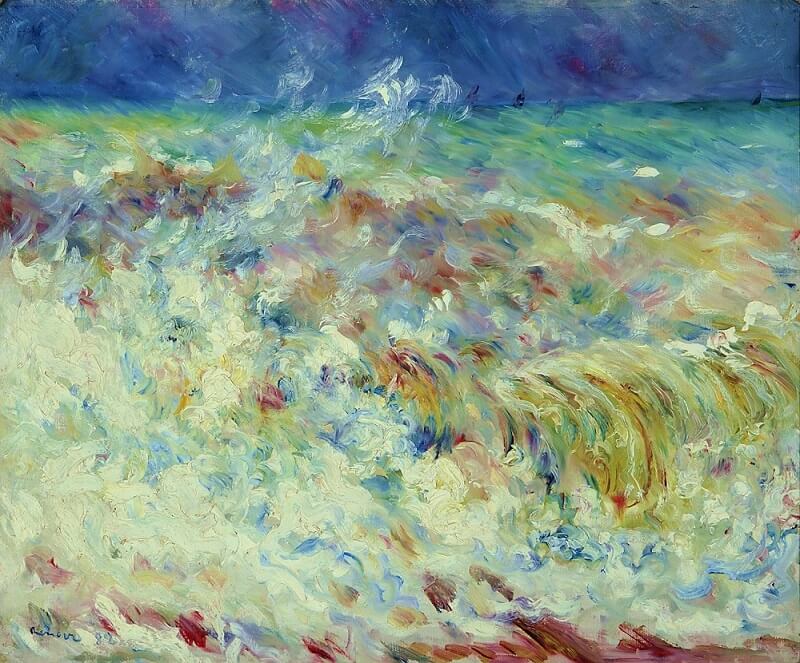Activity 1: Can You Find It?
Find the following in the artwork:
- White, Green, Black, Yellow, Blue, Brown, Red, and Purple Brushstrokes
- Sea Spray
- Sea Foam
- Ships
- Horizon
Activity 2: Narrate the Artwork
- After studying the artwork, narrate the scene shown aloud using your own words.
Activity 3: Map the Artist
Zoom in on the map of Europe to find the country of France.
Activity 4: Color France on the Map

- Click the crayon above and complete page 22 of 'Art History Coloring Pages for Second Grade.'
Activity 5: Color the Artwork

- Click the crayon above and complete page 23 of 'Third Grade Art History Coloring Book.'



